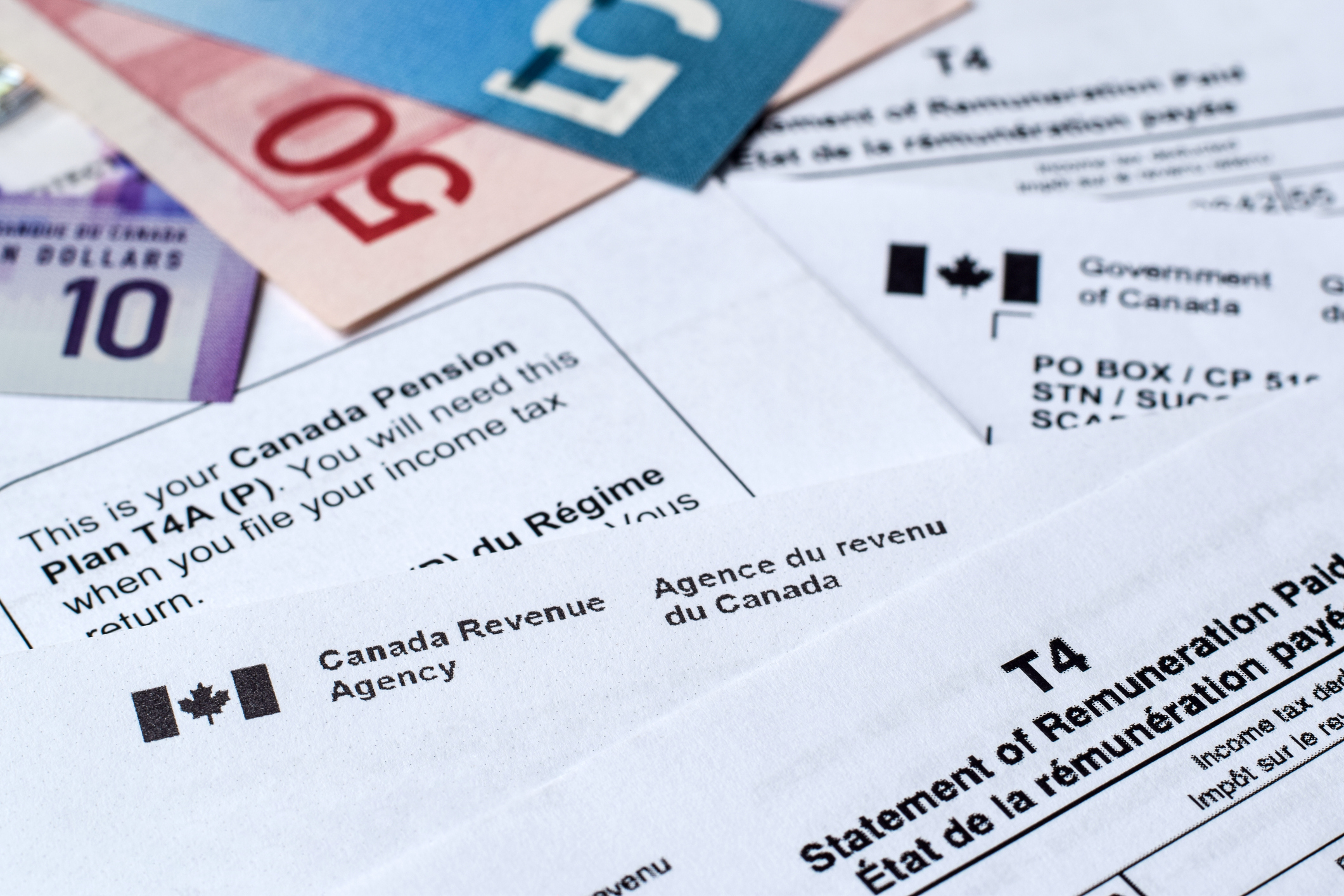Strategic Planning & Business Consulting
The Strategic Relevance of Capital Cost Allowance (CCA) For Entrepreneurs
August 18, 2023

A business begins with seed capital and spends more capital as it grows. Capital is the cash you spend on buying assets or investments like equipment, vehicle, and warehouse to generate profit. The amount you pay to buy these assets is called capital cost. The Canada Revenue Agency (CRA) allows you to deduct a portion of your capital cost annually from your taxable income. Hence this deduction is called Capital Cost Allowance (CCA), the capital cost you can deduct from your taxable income.
How Capital Cost Allowance (CCA) Works
The capital can be any asset, like machinery, a tractor, a computer, software, or even a property, that can help you earn more money. Each asset has a different shelf life and speed of depreciation. For instance, a car will depreciate faster than furniture. The CRA has categorized these assets and allocated a CCA percentage to each category.
The CCA allows you to depreciate your asset at a specified percentage till it is sold off or its value nears zero. This way, you can expense the amount you paid to buy the asset over several years. Let’s understand with the help of an example.
Amy runs a taxi service and purchases a $40,000 taxi. The CRA has categorized taxis under class 16, which carries a CCA of 40%. Amy earns $40,000 during the year. She can deduct up to $16,000 (40% of $40,000) in CCA on the taxi. In the second year, she can deduct 40% CCA on the reduced value of $24,000 ($40,000-$16,000). Below is the amortization table for Amy’s taxi.
| Year | Capital Cost Allowance (CCA) | Depreciated Value |
| $40,000 | ||
| 1 | $16,000 | $24,000 |
| 2 | $9,600 | $14,400 |
| 3 | $5,760 | $8,640 |
| 4 | $3,456 | $5,184 |
| 5 | $2,074 | $3,110 |
| 6 | $1,244 | $1,866 |
| 7 | $746 | $1,120 |
| 8 | $448 | $672 |
| 9 | $269 | $403 |
After using the taxi for nine years, Amy decides to sell it for $700. As per the CCA, she claimed over nine years, the taxi’s depreciated value is $403. Amy has to add a $297 gain on the sale to her taxable income under recaptured CCA. Had she sent the taxi to scrap for nothing, she could have claimed a $403 CCA.
How Can Entrepreneurs Use Capital Cost Allowance (CCA) Strategically
Until now, we discussed how CCA helps you reduce your federal tax bill. Please note the CCA might differ for provincial tax. To maximize this tax benefit, deduct CCA only on depreciable assets you plan to use for a long time.
Now we move to the next segment of how entrepreneurs can strategically use CCA to maximize their tax benefit.
Delay Capital Cost Allowance (CCA) Till Business Earns Sizeable Profits
The CCA reduces your taxable income. When you start your business, you might probably make a heavy capital investment and run into losses for the first few years. Deducting CCA in those loss-making years is a waste of this tax benefit.
The CRA allows you to determine when you want to claim the CCA and how much you want to claim. Returning to our previous example, Amy can claim a maximum CCA of 40% on her taxi. She may delay claiming this allowance until the year when she makes a sizeable profit. When she decides to use the tax benefit, she can claim anything between zero and the maximum CCA allowed by the CRA, depending on her tax bill and other factors.
Putting this in numbers, Amy does not make any CCA claim for the year she buys the taxi. In the third year of the purchase, she makes a sizeable profit of $60,000 and claims the maximum CCA of $16,000 (40% of $40,000). In another scenario, Amy makes a $15,000 profit in the first year and claims only $8,000 in CCA to use higher CCA in future years.
A professional accountant can analyze your profit trends and deduct appropriate CCA to help you maximize your benefit.
Deducting Capital Cost Allowance (CCA) On Assets That Appreciate in Value
Earlier, we discussed recapturing CCA. This concept can have a significant tax implication in one year if you plan to sell your asset in a few years at a profit. The recapturing of CCA is essential in property buying and selling, as property value mostly appreciates.
Let’s take a scenario where you purchased an old building for $1 million and deducted a maximum CCA for three years. The depreciated value of your building is $860,000, but you sell it for $1.3 million. Here the asset appreciated, reversing the CCA benefit.
In this scenario, you first recapture the CCA ($140,000) deducted over three years and add it to your taxable income. Then, you add 50% of the capital gain ($150,000) to your taxable income. All this increases your cost by $290,000.
We have just covered the tip of the CCA. The CCA has many twists, from identifying the right category to claiming the appropriate CCA amount. The calculation changes if you use a vehicle for business and personal use. You must be extra careful while deducting CCA on investment property, as lenders and mortgage insurance programs might impose penalties if you depreciate a property too much.
Take the help of a professional business consultant, as they are well-versed with the CCA complications and have dealt with many complicated assets.
Contact DDL & Co. in St. Catharines For Business and Tax Consultation Services
A professional business consultant can strategically allocate your asset buying and CCA deductions. Some consultants specialize in real estate and can not only help with CCA deduction but also with buying and selling a property in a tax-efficient manner. At DDL & Co., our tax and business consultants can support you in optimizing capital spending. To learn more about how DDL & Co. can provide you with the best consulting services, contact us online or by telephone at 905-680-8669.



